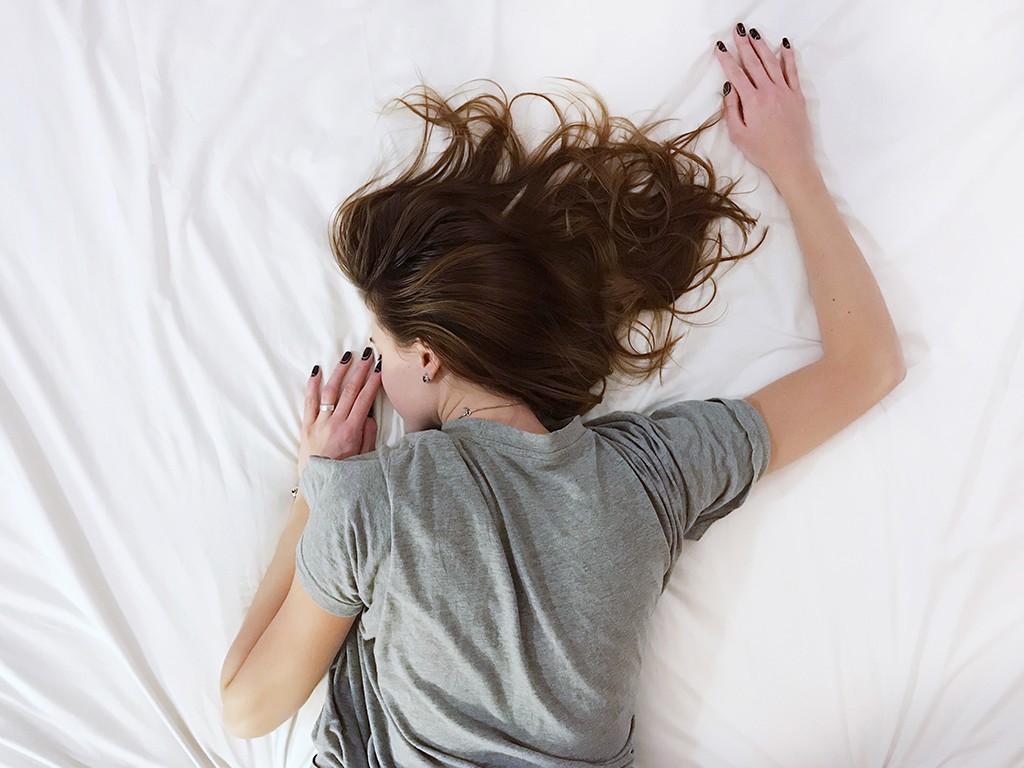
Are Memory Foam Mattresses Hot To Sleep On?
One of the critical grievances amongst mattress holders is that their sheets are too wet. The latex foam holds more body temperatures than most mattresses, which leaves individual sleepers wet or warm in the afternoon uncomfortably. This will decrease your sleeping patterns and make you feel slumbering in the day.
Are memory foam mattresses hot for sleepers? Even though it cannot alter the memory moisture condition rather than how much heat energy is kept, you can maximize your security layer with a pillow cover or a scraper, indulge in comfy pillows that maintain you comfortably and modify your master bedroom climate.
Why Do You Sleep Warm Synthetic Fibers?
There are numerous explanations for why body warmth is preserved by memory moisture. The first concerns the composition of the material. It must be noticeably thicker to have enough protection for foam padding. Which means the ventilation of the hard plastic is smaller than other fabrics. The deeper the pillow of foam padding, the more heat it traps.
Body heat is also retained by memory foam due to their unique conforming properties. One explanation so many people use memory foam mattresses is that the body is cradled and the pain points are relaxed. The foam essentially uses your body heat to mould your unique form.
The drawback is that the body warmth is concentrated when the bed is summarily executed much more than your core. As your body depends on your body and air to absorb heat, it can also hinder your body’s thermal control capacity.
Climate Regulation in the Bedroom
In cold climates, people can sleep well, and for adolescents, the optimum distance is about 60-67°F. To cool down at night, sleepers should keep their bedroom temperature constant compared to the bed covers and cutouts, towel and pillows. Here are some tips to sleep while holding the sun down:
- Abrasion Resistant Nightwear: linen, Silk and other synthetic fibres on upper and bottom relax easier — and sleep colder than polypropylene. Better still, clothing-free sleep.
- Keep Airflow Coherent: Glass doors are the easiest way to create ventilation in an apartment, but it can contribute to other issues, including exterior noise. This is so several sleepers want to have a fan inside their bedroom, while fans can often interrupt their sleep. Smaller, low-size fans above the bed tend to be the safest way to reduce sound and keep calm.
- Made Cool Air: Arctic water can be efficient at pretty warm periods of the year by using a heater. One alternative is to engage in a new side fan, which carries humid, humid outdoor air from the bedroom. It would be best if you also considered sticking your operating room fan in permafrost or a plastic bag of dried fresh water.
- Maintain Light And Appliances Off: living room torches and fluorescent lighting offer warmth that can contribute to the sleep distress in a foam mattress. The easiest way is to switch them off for at minimum 20 to thirty minutes until they feel tired to cool off. There is also any heat generated by mobile gadgets – like televisions, computers and mobile phones.
- Using A Bunk Bed: It helps to enhance ventilation by replacing the mouth pillow with a door frame. Make careful not to use an equally spaced wooden frame, instead of a strong one.




